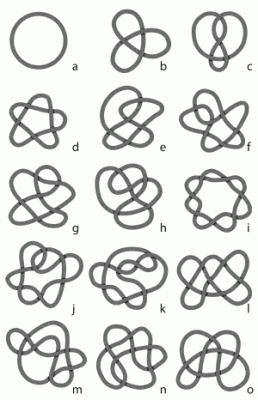How is mathematics used in kitchen?

Have you ever wondered how the food that lands up on your plate is made? No, we are not talking about the journey of rice or other materials from the time they are sowed in fields till the time they are cooked into food. Instead, we are talking about how food is prepared in the kitchen, either by those cooking at home, or the chefs who prepare the food in hotels.
Culinary math is here
Culinary math is an emerging field that combines kitchen science with mathematics. At the heart of this subject is the understanding that appealing meals aren’t made by just combining ingredients in a haphazard manner. A great cook, in fact, has a lot in common with a scientist and a mathematician.
This is because what is made to look carefree and spontaneous in cookery shows is actually the result of years of hard work and practice. Cooking routines include simple to complex mathematical calculations. From counting portions to increasing the yield when required, there are numbers at play during various stages of the meal.
Computation and geometry
While addition, subtraction, multiplication, division, and fractions are involved while computing and working with the ingredients, ratios, percentages, and yields come into the picture when deciding the total amount of a food to be cooked, and then distributing them to people.
When working with spherical roti doughs and cubic paneer portions, a cook is knowingly or unknowingly dabbling with geometry. And by being familiar with units and abbreviations of measurements, and fluently converting them from one system to another, the person who is cooking is also able to borrow from cuisines from abroad.
A number of courses in culinary math has started to develop around the world, targeting students who aim to become chefs in high-end hotels. For, even though it might seem as if a famous chef is just sprinkling a bit of this, grabbing a pinch of that, and garnishing with a little bit of something else, there is a lot of maths applied to it, knowing which makes it easier.
Picture Credit : Google

